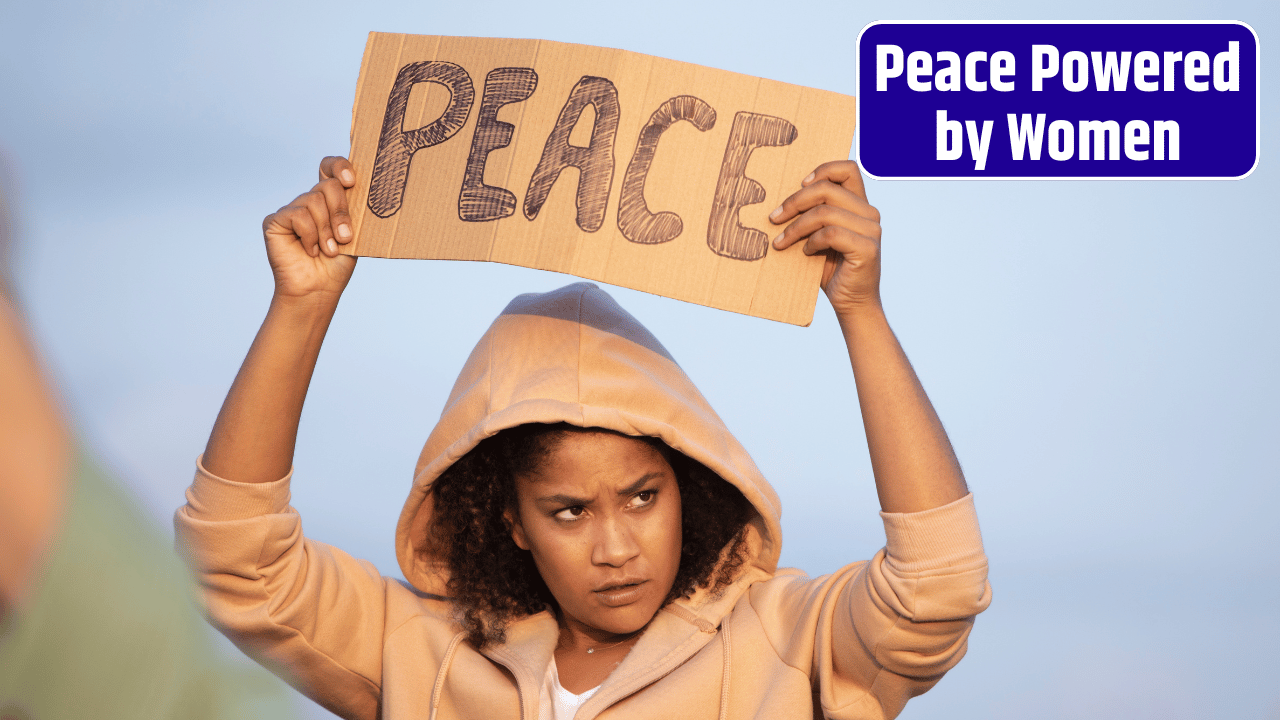It’s funny how the word “peace” still feels like a soft word—something you’d hear in yoga class or on a protest sign in pastel colors. But peace? Real peace? It’s gritty. It’s political. It’s built through negotiations that are often messy, slow, and, let’s be honest, historically male-dominated.
But here’s the kicker: when women are involved, peace actually works better. Like, measurably better. We’re talking longer-lasting ceasefires, more inclusive rebuilding efforts, and fewer backslides into conflict.
And yet… women are still being sidelined in global peace processes. Wild, right?
Let’s talk about how gender-inclusive strategies aren’t just feel-good PR—but the most pragmatic path forward. Because the future of peace? Yeah, it’s female. And here’s why that’s not just a slogan—it’s strategy.
Table of Contents
Conflict Isn’t Gender-Neutral—So Why Are Peace Talks?
Wars don’t impact everyone the same way. Women, girls, LGBTQ+ communities—they often suffer in ways the suits around the negotiating table can’t (or won’t) fully grasp.
Take sexual violence in warzones. It’s often used as a weapon. Or think about how post-war economies collapse domestic support systems, forcing women into informal work or displacement.
So when peace deals get drawn up without these perspectives? Huge blind spots.
The Data Says It All:
| Involvement of Women in Peace Processes | Result |
|---|---|
| Women included in peace negotiations | Peace is 35% more likely to last at least 15 years |
| Peace agreements with female signatories | More likely to include provisions on healthcare, education, and justice |
| Civil society participation (often women-led) | Leads to more comprehensive and durable agreements |
Sources: UN Women, Council on Foreign Relations, World Bank
The Token Seat Isn’t Enough (And Never Was)
Okay, let’s get one thing straight: plopping one woman at the table and calling it “inclusion” is lazy. Symbolic gestures don’t move systems.
The strategies that actually work? They’re intentional, embedded, and systemic. Here’s what that looks like:
1. Quotas With Teeth
Quotas aren’t about charity—they’re about representation. When Colombia included a 30% gender quota in its peace delegation, the process took a different shape. The final accord included 130+ gender-specific provisions.
2. Women-Led Civil Society Groups
Don’t underestimate the aunties. From Liberia to Syria, grassroots women’s groups have brokered local ceasefires, coordinated humanitarian aid, and pressured governments into accountability. They’re often the only ones talking to all sides.
3. Funding That Follows
Peacebuilding without funding is just a kumbaya circle. Only 1% of peace and security funding goes to women’s organizations. That’s absurd. Redirecting even a fraction of the billions spent on defense toward grassroots peacebuilders? Game-changer.
Case Studies You Won’t See in Textbooks
Let’s break the frame with some real-world stories that don’t always make the headlines.
Liberia: Women in White
In the early 2000s, while warlords were carving up the country, thousands of Christian and Muslim women formed a peace movement—Women of Liberia Mass Action for Peace. They wore white. They staged sit-ins. They prayed outside parliament for weeks.
Eventually, they forced the president into peace talks and literally blocked the doors so no one could leave without a deal. That pressure? It worked. A peace agreement was signed, and two years later, Liberia elected Africa’s first female head of state, Ellen Johnson Sirleaf.
Colombia: The Gender Sub-Commission
During Colombia’s peace process, a Gender Sub-Commission was created—a dedicated body to ensure women’s rights and LGBTQ+ issues weren’t just tacked on at the end. As a result, the 2016 peace accord became one of the most gender-inclusive deals in history.
Not just a good look. A better deal.
Men, Masculinity & The Missing Conversation
Quick pause: gender inclusion isn’t about pushing men out. It’s about breaking the toxic molds that trap everyone.
Militarized masculinity—this idea that being a “real man” means dominating, suppressing emotion, or resolving conflict through violence—isn’t just harmful to women. It’s dangerous for entire societies.
Reimagining peace means redefining leadership. Compassion, collaboration, community—all traits traditionally coded as “feminine”—are actually vital for sustainable peace. Imagine if those were the default leadership traits?
Wild thought.
So What’s Stopping Us?
We know what works. We’ve seen the data. We’ve read the stories. So why aren’t more peace processes gender-inclusive?
Let’s be real:
- Patriarchal power structures still run the show.
- Bureaucratic inertia makes inclusion feel “optional” instead of mission-critical.
- Tokenism gives the illusion of progress without real change.
- Security concerns are often used as excuses to exclude women from the table.
But this isn’t just a moral failure. It’s a strategic one.
Not Just Peace—Better Peace
We’ve tried the “power through violence” method. Repeatedly. The 20th century alone is proof that war alone doesn’t create safety or progress. What if peace was engineered as carefully as weapons are?
Women bring lived experience, community trust, and often, a completely different approach to conflict resolution. Less ego. More listening. Less turf war. More repair work.
So the future of peace isn’t just female because it sounds nice on a tote bag.
It’s female because we’ve seen what happens when it’s not.
FAQs
Isn’t peacebuilding already inclusive enough today?
Hard no. As of 2023, women made up just 13% of negotiators in major peace processes. That’s not even close.
Are gender-inclusive peace strategies only about women?
Isn’t peacebuilding already inclusive enough today?
Hard no. As of 2023, women made up just 13% of negotiators in major peace processes. That’s not even close.
But what if the culture of a country doesn’t “allow” women at the table?
Peace built without inclusion is peace built on sand. Cultural norms evolve—especially when funding and diplomacy prioritize equity.
Is there a financial argument for inclusion?
Absolutely. Conflict is expensive. Peace that lasts saves billions. And inclusive peace agreements are more durable. It’s economic common sense.














